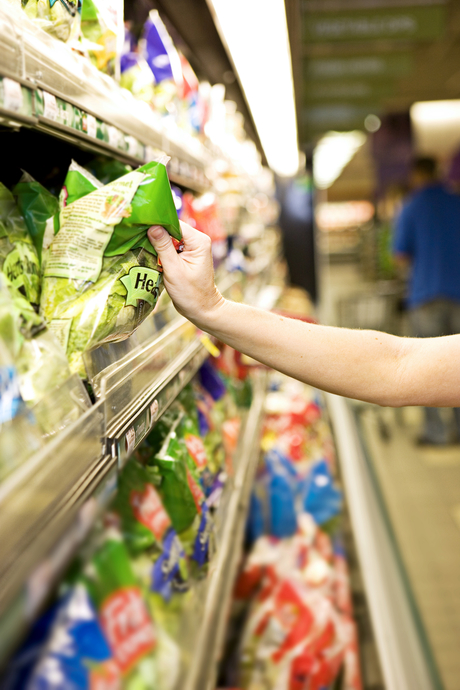The quest for new, green refrigerants

Amidst alternatives, CO2 is emerging as the most efficient, safe and clean refrigerant preferred by a growing number of global, regional and local retailers. 2016 is seeing a rapid increase in the number of CO2 systems and new technologies to make the climate-friendly refrigerant an attractive solution.
The last couple of years have seen difficulties for decision-makers in food retail to make a final choice when it comes to refrigerants and system type. Many refrigerant options and system configurations have been battling to receive attention. Supermarket refrigeration has been in the environmental spotlight and it has been revealed how leakage of HFCs in centralised systems is a major challenge. At the same time, energy efficiency has gained top priority in order to save costs and reduce the carbon footprint.
From this disarray, CO2 is emerging as one of the most efficient, safe and clean refrigerants for food retail. In 2015 alone, producer of cooling components Danfoss has seen an increase of more than 20% in the installed base of transcritical CO2 systems in supermarkets compared to the year before. Driven by the F-gas regulation in Europe and the SNAP regulation in the US, the installation of CO2 systems is expected to accelerate in 2016 and 2017 led by major, global retailers.
The market is ready for this huge transformation in food retail refrigeration and the required technical solutions are in place. For the last 15 years, Danfoss and other refrigeration specialists have pioneered technologies for transcritical refrigeration, and today a complete and well-tested product portfolio is available for climate-friendly and energy-efficient solutions.
Heat reclaim is trending in food retail refrigeration
2016 will see a continued growing interest in transcritical CO2 systems with heat reclaim. The smart solution is fast becoming standard, and 20 years from now, people will look back and wonder at the huge amounts of surplus heat that is today wasted from the cooling systems of supermarkets.
Despite the impressive number of transcritical solutions with heat reclaim installed by now — mostly in colder climates — we have only seen the tip of the iceberg. The installations have all confirmed that the refrigeration system can provide ample heat to fulfil demands for heating and hot water, eliminating the need for separate heating installations in the supermarket.
The heat reclaim solutions have returned energy savings of 20% or more and pay-back times of less than two and a half years.
Looking further ahead, supermarkets will not only cover their own heating demand by heat reclaim. They will move from energy consumers to energy suppliers by offering the surplus heat to the local district energy grid. The obvious advantages are new revenue streams and reduced carbon footprint of the supermarkets.
New technologies pave the way for CO2 refrigeration in warm climates
Global retailers prefer global refrigeration solutions. From a phenomenon of colder climates, CO2 refrigeration is progressing to warmer climates, and 2016 is likely to see a breakthrough in transcritical solutions for subtropical and even tropical climates. New technologies are rapidly emerging as highly energy-efficient solutions that help retailers reduce complexity and meet current and future regulation on traditional refrigerants in all climates.
One of the most promising new technologies is the ejector, devised by Danfoss in close cooperation with refrigeration specialists from SINTEF. The ejector increases the energy efficiency of parallel compression significantly and enhances the viability of transcritical refrigeration in warm climates.
The ejector is still in the prototype stage, but the initial trial set-ups in 10 supermarkets have shown that the simple ejector technology can increase the efficiency of the parallel compression system significantly. Furthermore, ejectors allow smaller and more compact compressor packs to be installed in the first place.
Originally published here.
Six beverage trends predicted for 2026
Demand for customisation, 'protein-ification' and sustainable storytelling are some of...
Making UHT processing less intensive on energy
A nutritional beverages company was seeking a more sustainable way to produce UHT beverages using...
Tasty twist for chocolate alternatives
Food scientists develop two novel flavour-boosting techniques to transform carob pulp into a...











